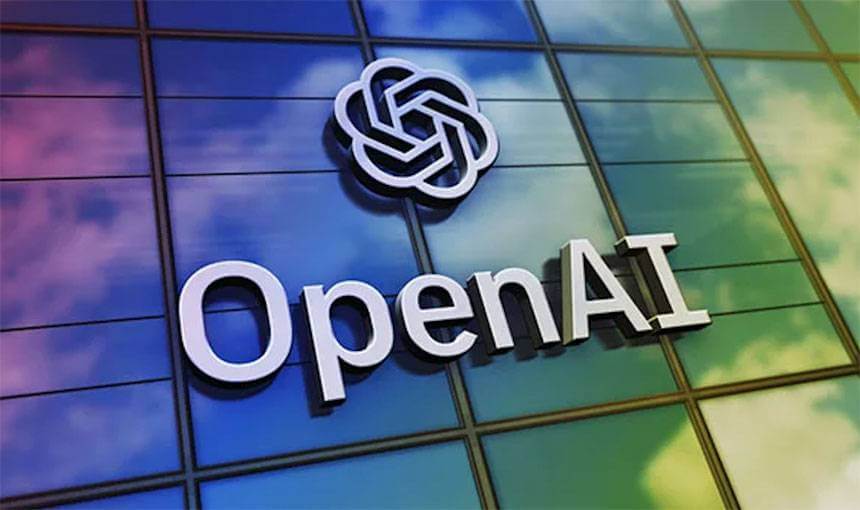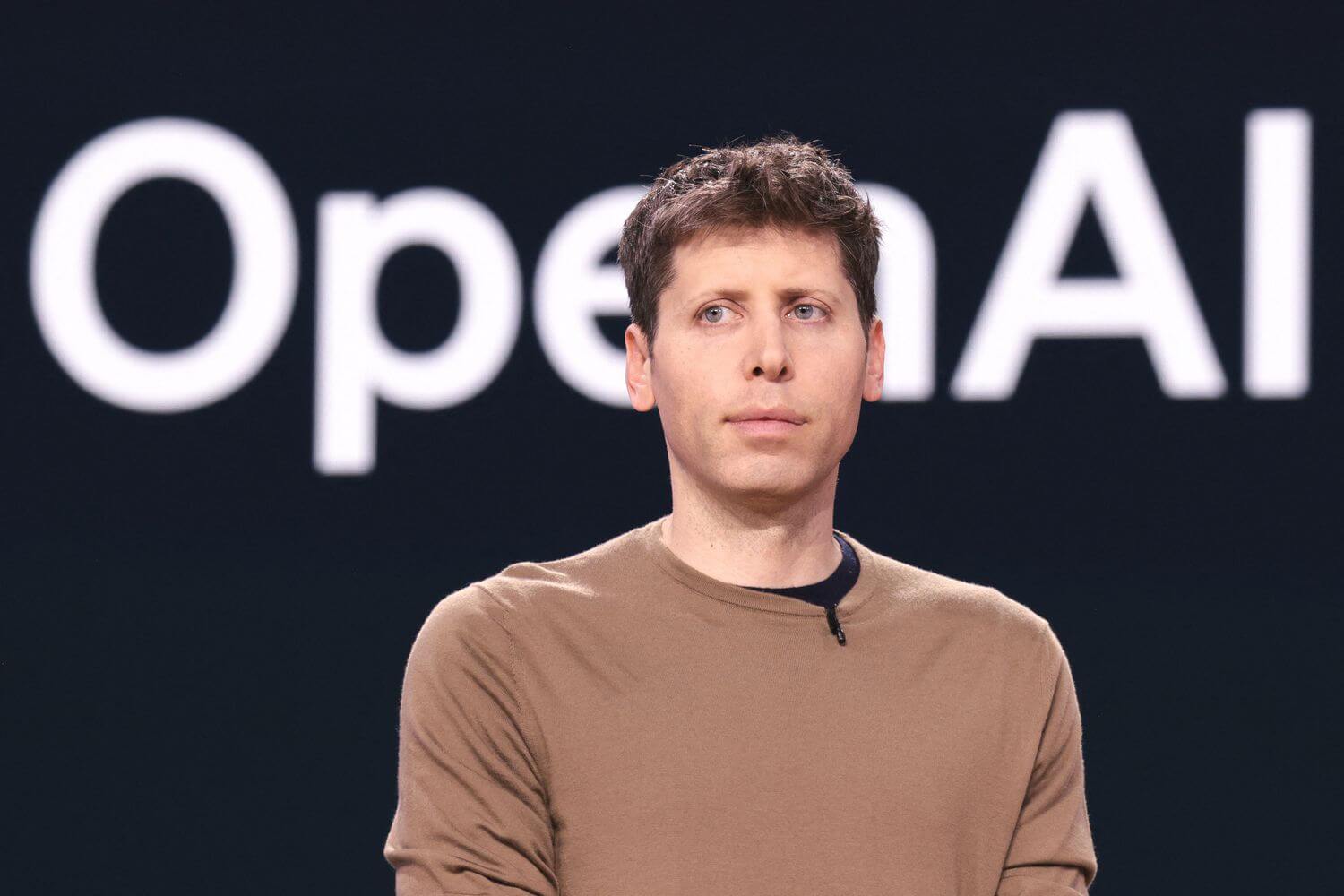OpenAI's recent launch of GPT-5 on August 7, 2025, marks a significant milestone in the evolution of artificial intelligence. This new model unifies advanced reasoning, multimodal input, and task execution into a single system, eliminating the need to switch between specialized models. GPT-5 aims to not only improve upon its predecessors but also to address the growing debate surrounding AI's true potential and its ethical implications.
Capabilities and Improvements
GPT-5 boasts state-of-the-art performance across various domains, including coding, mathematics, writing, healthcare, and visual perception. It is designed to handle complex, multi-step workflows with significantly reduced hallucinations compared to earlier versions. Key improvements include:
- Reasoning: GPT-5 integrates structured logic, leading to more grounded and reliable answers, especially in factual and analytical domains. It offers more reliable responses across complex tasks, making it suitable for enterprise AI applications where accuracy is paramount.
- Multimodality: GPT-5 unifies capabilities from previous models, such as GPT-3 and GPT-4, with the o-series models, creating a single, more powerful system.
- Coding: GPT-5 is OpenAI's strongest coding model to date, demonstrating improvements in complex front-end generation and debugging larger repositories. It can create functional websites, apps, and games from a single prompt, showcasing a better understanding of spacing, typography, and white space.
- Writing: GPT-5 is a capable writing collaborator, assisting users in translating rough ideas into compelling, resonant writing with literary depth and rhythm. It handles writing that involves structural ambiguity and helps with everyday tasks like drafting reports, emails, and memos.
- Personalization: GPT-5 introduces preset personalities, allowing users to switch the assistant's style to be more supportive, concise, professional, or even sarcastic. These styles persist throughout the conversation due to improved steerability.
Model Variants and Pricing
GPT-5 is available in various configurations, including gpt-5, gpt-5-mini, gpt-5-nano, and gpt-5-chat, each optimized for different use cases. The pricing is competitive, with GPT-5 priced at half the input cost of GPT-4o while maintaining the same price for output. A discount for token caching offers 90% off on input tokens used within the previous few minutes.
GPT-5 in the API is available as regular, mini, and nano models, each with four reasoning levels: minimal, low, medium, or high. These models have an input limit of 272,000 tokens and an output limit of 128,000 tokens, supporting text and image input with text output.
Impact on Industries
GPT-5's capabilities have significant implications across various industries:
- Software Engineering: GPT-5 excels at code generation, application modernization, and quality engineering, improving code style and explanations to compress review cycles. GPT-5-nano's ultra-low-latency architecture delivers rapid, high-accuracy responses for cost or latency-sensitive applications.
- Research and Knowledge Work: GPT-5 accelerates financial and legal analysis, market intelligence, and due diligence by reading at scale and producing decision-ready output with traceability.
- Operations and Decisioning: It strengthens logistics support, risk assessment, and claims processing by pairing robust reasoning with policy adherence.
- Customer Experience: GPT-5 enhances copilots and customer experience teams with multi-turn, multimodal agents that reason in real-time, call tools, resolve tasks, and revert to humans with helpful context.
- Indian IT services: GPT-5's launch poses a threat to the Indian IT services industry, potentially deflating revenues by 2-3% for several years. Advancements in coding and reduced hallucination rates could lead clients to demand lower pricing, requiring IT firms to adapt to outcome-based models and higher-value services.
Ethical Considerations and Criticisms
Despite its advancements, GPT-5's release has sparked controversy and ethical concerns:
- User Backlash: Some users have criticized GPT-5's responses for being short, less engaging, and lacking the personality of previous models like GPT-4o. Requests to restore GPT-4o have emerged due to frustrations over disrupted workflows and reduced long-form interactions.
- Transparency and Control: The model router, which automatically selects from multiple GPT-5 variants for each task, has faced criticism for a perceived lack of transparency and user control.
- Jailbreaking: Researchers have uncovered jailbreak techniques to bypass GPT-5's ethical guardrails, producing illicit instructions. These techniques use prompt engineering to manipulate the AI into role-playing scenarios that circumvent its built-in safety protocols.
- Environmental Impact: Concerns have been raised about the energy demands of training and running GPT-5, with calls for OpenAI to be more transparent about its environmental impact.
- Self-Destructive Use: OpenAI CEO Sam Altman has expressed concerns about users employing ChatGPT in self-destructive ways, particularly those who are mentally fragile. He noted the responsibility of introducing new technology and the strong attachments users develop toward specific AI models.
The Path Forward
GPT-5 represents a significant step toward more capable and versatile AI systems. Its improved reasoning, multimodality, and coding capabilities promise to unlock new possibilities across various industries. However, the ethical concerns and criticisms surrounding its release highlight the importance of addressing issues such as transparency, user control, safety, and environmental impact. OpenAI and other AI developers must prioritize responsible AI development to ensure these powerful tools benefit all of humanity.















